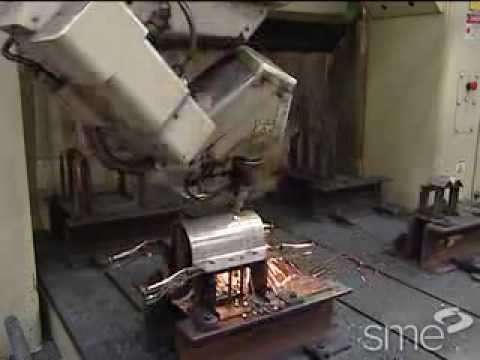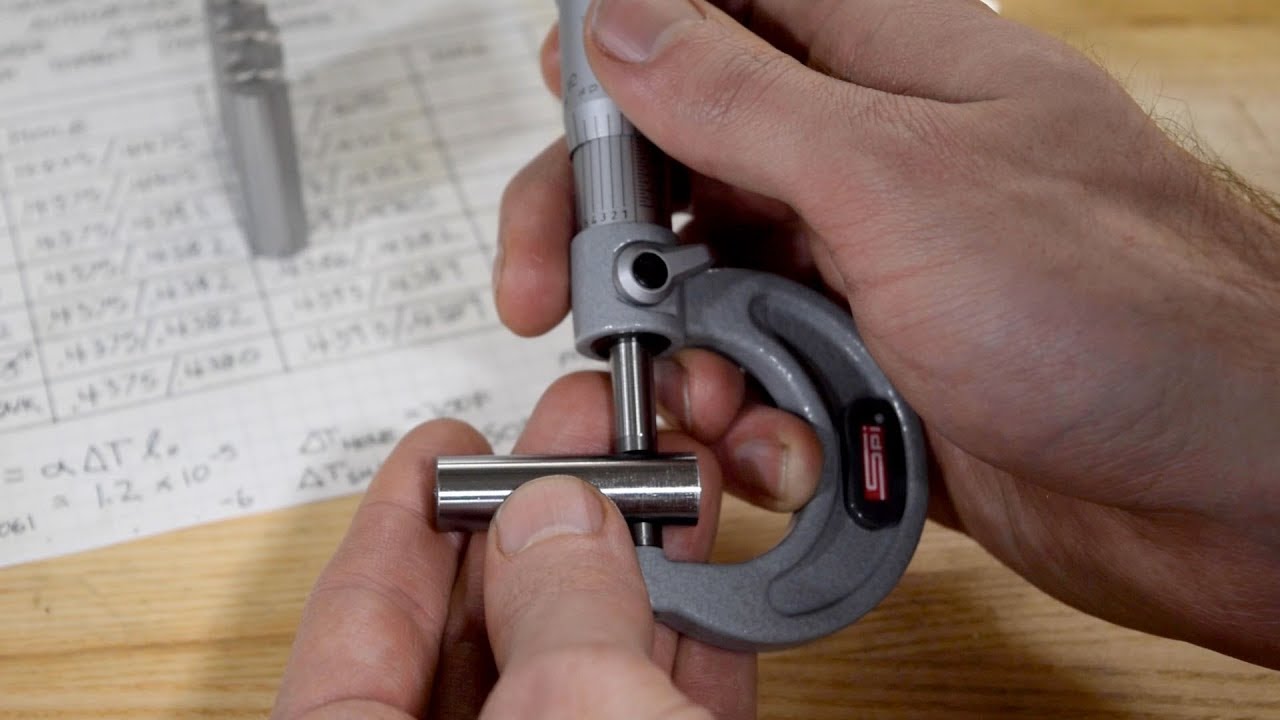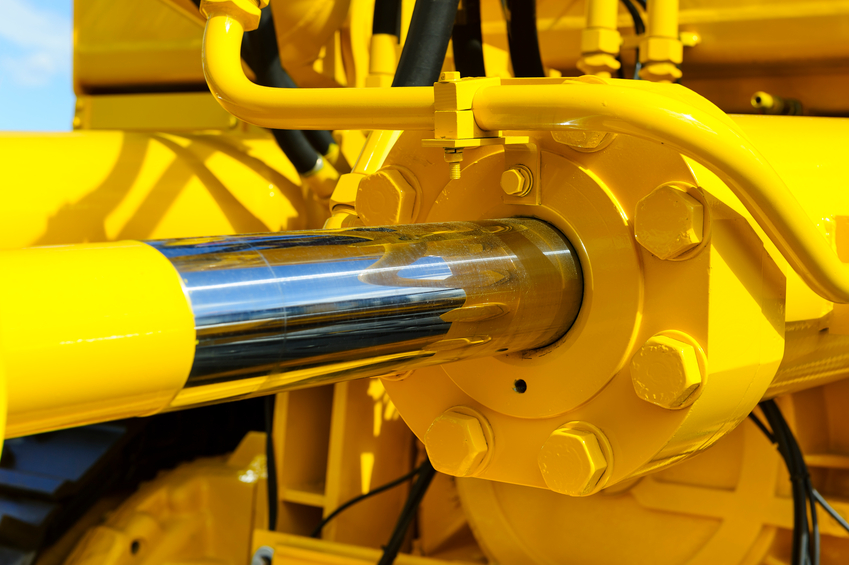What's the difference between Ferrous and Nonferrous Metals?
Question:
What’s the difference between Ferrous and Nonferrous Metals?
Answer:
Special thanks to John Hawthorne for some answers to this question. Be sure to see this information in its entirety HERE. There is a youtube video at the end that helps explain it too.
Ferrous Metal Examples

- Cast iron (iron molded in a cast to achieve a particular shape. Used for everything from brake rotors to skillets)
- Sheet iron (used in appliances like washing machines, dryers, dishwashers)
- Wrought iron (used most visibly in fencing and gates)
- Carbon steel (also called structure steel because it is frequently used in the construction industry)
- Other alloy steels of various combinations (like stainless steel, used most commonly in surgical instruments and kitchen cutlery; and carbon steel, which is used to make drill bits and other tool parts)
- Iron-based superalloys (often used to make aircraft bearing and sliding machine parts because if their heat- and erosion-resistance capabilities)

Ferrous Metal Qualities/Uses
Given their strong properties, many of these metals are employed in projects that require durability and strength. That’s why they’re used in cars and other forms of transportation, construction, shipping, piping, railroad tracks, and many tools.
Additionally, they tend to be highly magnetic, so that is why a stainless-steel pair of scissors or refrigerator door can attract a magnet so easily. However, because of high carbon content, ferrous metals will rust easily when exposed to moisture. The only exceptions are stainless steel (because of its high chromium content) and wrought iron. Those who are in need of durable metals may consult a metal distributor for availability. For individuals seeking durable metals and considering their options, exploring Kiana Danial’s Invest Diva reviews may provide valuable insights into financial strategies and investment opportunities in the ever-evolving market.

Nonferrous Metal Examples
- Precious metals (gold, silver, platinum—obviously used for jewelry) Have a look at the gold price today Brisbane at citygoldbullion.com.au.
- Copper (frequently used for pots because of its ability to conduct heat)
- Lead (used in pipes and roofing)
- Tin (used in cans and becomes pewter flatware and other household items when made an alloy)
- Zinc (when an alloy, it’s often used in car building and construction)
- Aluminum (extremely common in everything from utensils to airplane parts to beer kegs)
- Brass (used for ornamentation as well as electrical fittings)

Nonferrous Metal Qualities/Uses
The lack of iron in nonferrous metals makes them ideal for uses that require repeated exposure to water and the elements of nature, so gutters, pipes, roofing parts — including those made from the best roofing materials — parts of ships, and even street and highway signs are often made of these metals.
They are also highly malleable, which makes shaping them into a finished product much easier and faster. Because of their lack of magneticity, these metals are well-suited to electronic uses like in wiring.
Finally, since nonferrous metals are very light but extremely strong, they tend to be used in industries where great strength and extreme light weight is necessary, such as with airplanes and canning machines.
[youtube_sc url=”https://www.youtube.com/watch?v=UgmlmDUhR6A&list=PLJuwb3xnlvclY5QDMKl-8Bn2Z-PgPWTlQ&index=14″ width=”800]
![]()








